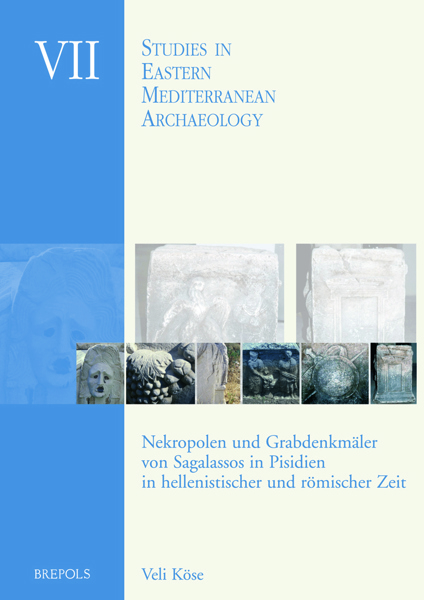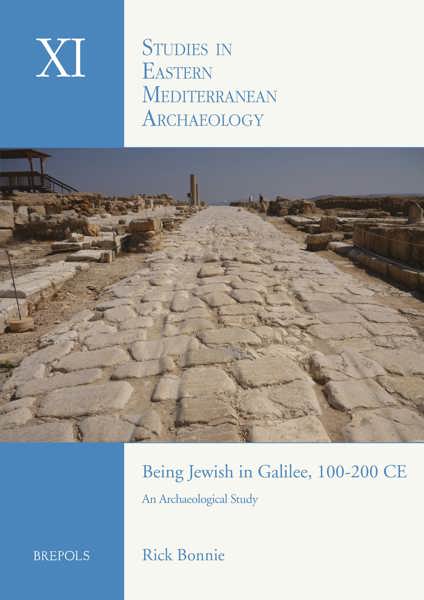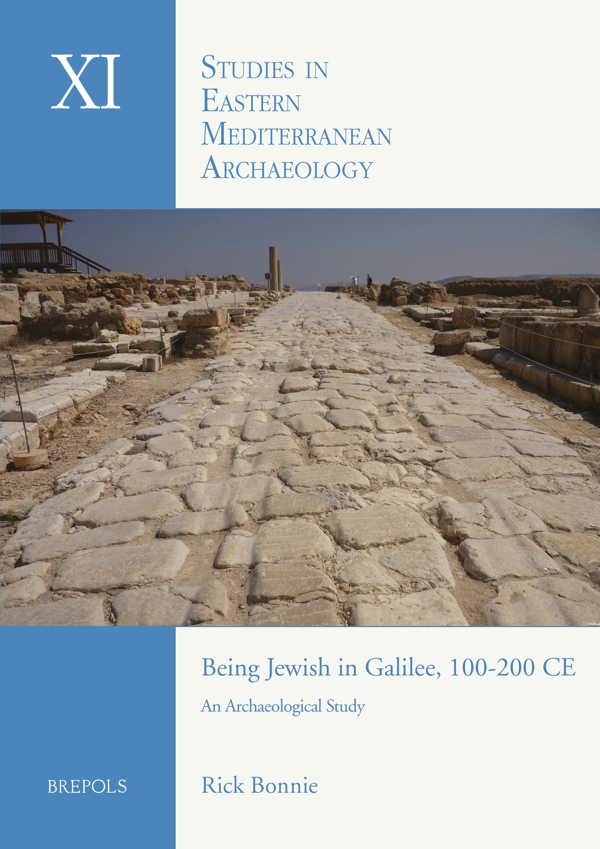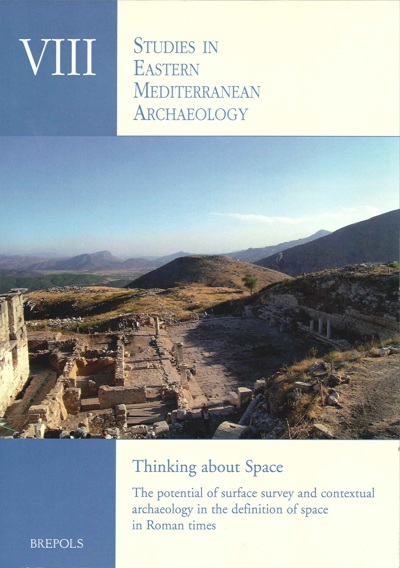
- Pages: xi + 373 p.
- Size:210 x 297 mm
- Illustrations:98 b/w, 20 tables b/w.
- Language(s):English
- Publication Year:2019
- € 115,00 EXCL. VAT RETAIL PRICE
- ISBN: 978-2-503-55532-4
- Paperback
- Available
'Being Jewish in Galilee, 100–200 CE' provides the first in-depth archaeological study of Galilee’s Jewish society in the period of 100–200 CE.
“Per concludere, il testo qui presente va sicuramente consigliato a chiunque voglia iniziare uno studio analitico della situazione in Galilea nel II secolo d.C. con uno sguardo anche ai secoli precedenti e successivi, ma anche alle realtà romane del Vicino Oriente.” (Paolo Cimadomo, dans Histara, 27/05/2020)
Rick Bonnie is a Postdoctoral Researcher in the Centre of Excellence in Changes in Sacred Texts and Traditions and the Centre of Excellence in Ancient Near Eastern Empires, both situated within the University of Helsinki. He holds degrees in archaeology from Leiden University (MA) and the KU Leuven (PhD).
The period of 100–200 CE was a lively one in the history of Galilee, northern Israel—one leaving a considerable mark upon Jewish history in general. The destruction of the Jerusalem temple in 70 CE, as well as the failures of the two revolts, lead to Galilee becoming the heartland of Jewish settlement in Palestine. Our reconstruction of Galilee’s Jewish community during this period has been primarily informed, however, by a single retrospective voice—the later rabbinic writings. This obviously brings with it certain limitations, not least of which is its reliability. A new source from which to understand the period in question is therefore desirable.
Being Jewish in Galilee, 100–200 CE provides an in-depth archaeological study of Galilee’s Jewish community in the period concerned. It explores evidence of infrastructure, art and architecture, as well as ritual practices from this period in Galilee by drawing comparisons with the period before and by contextualizing this material within the broader cultural environment of the Roman East. Set within debates of cultural interaction in the Roman East in general, the book offers an archaeological understanding of what “being Jewish” meant to the Jewish communities in Galilee during this period; and in what way these communities differed from their Phoenician, Syrian and Arab neighbors.
1 Introduction
2 Infrastructure
Accessing the Region
3 Building New Urban Communities
Magdala, Sepphoris, and Tiberias
4 Public Building and Urban Identity
5 The Development of the Synagogue after 70 CE
6 Changing Countryside?
Houses and Settlement Patterns
7 Housing and Urban Society
8 Jewish Purification Practices
9 Conclusions




